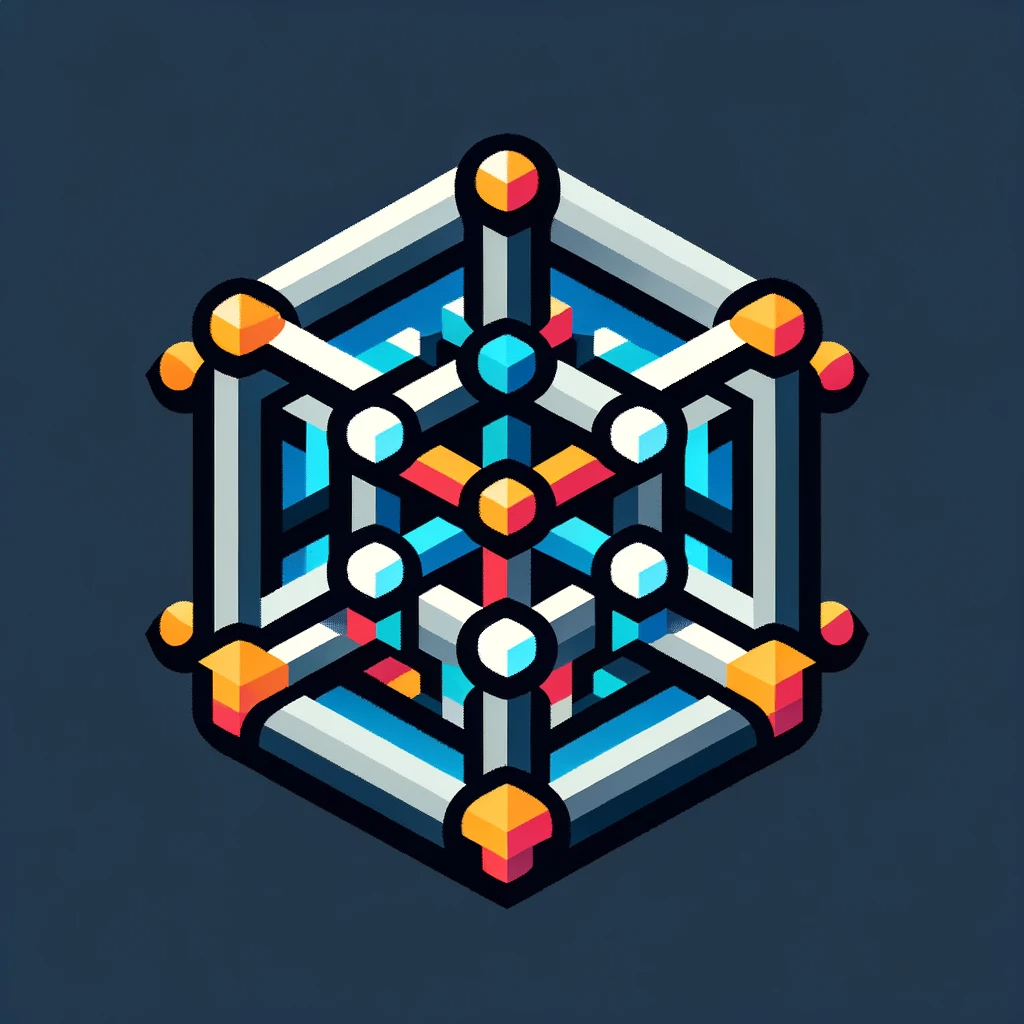Audio Presented by

PolyFrame publishes academic papers about computational framework manipulation of reciprocal polyhedrons.
Story's Credibility

About Author
PolyFrame publishes academic papers about computational framework manipulation of reciprocal polyhedrons.